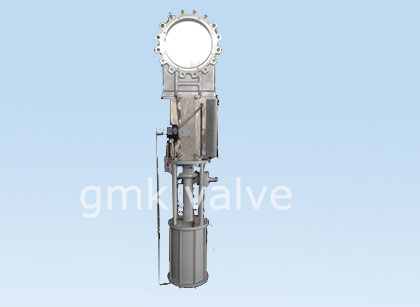One such type of valve actuator is the intelligent actuator. With more advanced technologies being developed every day, traditional actuators have given way to intelligent actuators that are equipped with sensors and microprocessors, enabling them to perform complex tasks with greater accuracy and speed. An intelligent actuator is a versatile device that can be used in a wide range of applications, including industrial plants, factories, and even homes.

Intelligent actuators are typically connected to the automation system of a plant or machine, allowing them to receive instructions and perform automated tasks. These actuators are mostly used for controlling the flow of gases or liquids, such as in HVAC systems, water treatment plants, and chemical processing plants. They operate with greater precision and speed than traditional manual or pneumatic actuators, providing a more efficient and accurate control over the valve.
The intelligent actuator works by receiving signals from the automation system that are then interpreted by the microprocessor in the actuator. The actuator then moves accordingly, either opening or closing the valve based on the instructions received. These devices are capable of self-learning, which means that they can adapt to the environment in which they are placed and adjust their operations accordingly.
Intelligent actuators come in two primary types - electric actuators and pneumatic actuators. The electric actuator is powered by electricity and operates through a motor that drives the actuator to the desired position. These actuators are highly efficient, and their movements can be controlled with greater precision, making them ideal for applications that require high accuracy.
On the other hand, pneumatic actuators use compressed air to operate. This type of actuator is more commonly used in applications that require high velocities and large forces, such as in the chemical processing industry. However, pneumatic actuators are not as precise as electric actuators, and their movements are slower and less controllable.
In conclusion, intelligent actuators are a key advancement in valve actuation technology that has revolutionized the way valves are operated. They offer greater efficiency, precision, and control than traditional manual or pneumatic actuators. By using an intelligent actuator, automation systems can achieve greater productivity and accuracy, helping to drive businesses forward. The intelligent actuator, whether electric or pneumatic, offers the perfect solution for controlling the flow of gases or liquids in a wide range of applications.